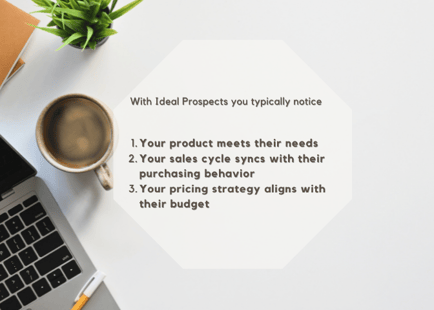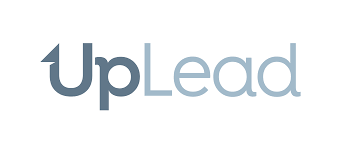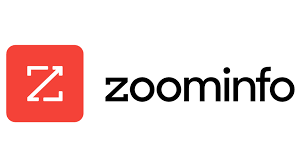Friday Funnel Focus by EPOCH Sales Management Solutions
In this article we are going to focus on four questions:
- Why do you need Ideal Customer Profiles (ICPs), Buyer Personas and Target Lists?
- What is an ICP (versus a Buyer Persona or Targeted List)?
- How do you define your ICP?
- How do you determine your ICP?
In future articles we will go into more detail on Buyer Personas and Target Lists.
Do you need an Ideal Customer Profile (ICP),
Buyer Persona or Target List?
Trick question. You need all three.
Why?
- Conversion rate improves
- By using Ideal Customer Profiles, Buyer Personas and Target Lists you will close won deals more often.
- Save Time
- By focusing your sales efforts on Ideal Customer Profiles, your sales velocity will speed up and your sales funnel leakage will decrease.
- Better Content Management and Product Solutions
- Focusing your content and product/service solutions on good Buyer Personas will produce more leads and happier customers.

This makes you happier. You get more of the business you want to have. Life is better for all involved when you get to serve more of your ideal customers.
Unfortunately, when you try to sell to everyone you end up selling to no one!
What is an ICP (versus a Buyer Persona or Targeted List)?
All three help guide you to win more sales, but let’s clarify the difference.
- Ideal Customer Profile represents a way to measure prospects for fit and qualification in the sales process.
- Buyer Persona defines who we want marketing to speak with in our content management and who we want product/services solution development to consider as they build new product/service solutions.
- Target Lists define who our Sales Development Reps and Account Executives contact during their proactive sales outreach.
You will typically notice three things with your Ideal Prospects:
- Your product meets their needs
- Your sales cycle syncs with their purchasing behavior
- Your pricing strategy aligns with their budget

How do you define your ICP?
You typically define your ICP based on demographics, psychographics and technographics.
Demographics: size and composition of certain accounts
Demographics can include industry, size, location, and title.
You can also consider structural factors such as:
- How are they organized? ( Centralized versus Decentralized.)
- Are they growing, stable or shrinking?
- If growing, is it organic, by acquisition or both?
- Are they local, regional, national or global?
- Is their market share growing, shrinking or remaining the same?
Psychographics: values and attitudes of certain accounts
You can also consider behavioral factors such as:
- How do they tend to make decisions?
- Are they consensus driven or command and control?
- What is their approval process?
- Who is in control? Sales and Marketing, Operations, Technology, Finance?
- Do they tend to be early adopters or conservative buyers?
- Are they impacted by legislation?
- Do they set trends or follow others?
- Do they require formal buying documents?
Technographics: use of selected technologies by certain accounts.
Technographics may be related to types of hardware and software technology your ideal customers use.
- What sort of systems might they have in place?
- What systems might give you problems?
This list is not exhaustive. It is meant to provide you with examples as you build out your own.
How do you determine your ICP?
You can use three methods as you develop your ICP.
- Manually match your best customer characteristics
- Use data enrichment tools
- Interview your customers
Manually match your best customer characteristics
Review your current and former customers. Who makes your best and worst customer lists? Develop a list of characteristics from your best customers. What is it about your worst customers that did not work for you? Consider looking for the opposite characteristics of that list. Recommend using this for a small number of your best customers, typically 5 - 10 best customers, and up to 5 of your worst customers.
Use data enrichment tools
Review the top 20% of your customers over the past 3 years with data enrichment tools such as Datanyze, UpLead or ZoomInfo. Simply import a csv list of your best customer domains into one or more of the data enrichment tools and let those tools generate the demographics and technographics for your best customers in an excel format that you can sort different ways to help you determine or validate your ICP.


Interview your customers
You can gain additional psychographic information through qualitative interviews of your top customers as well as those who did not select you. This activity can be paired with Buyer Persona development, which we will discuss in a future article.
ICPs, Buyer Personas and Targeted Lists help save you time, provide you with better customers and make you happier.
Want the Friday Funnel Focus Blog sent directly to you each Friday?
Want to explore the process further, schedule a free 30 minute consultation.
In the meantime, get our guide to the 3 Part Formula to a Healthy Sales Pipeline


